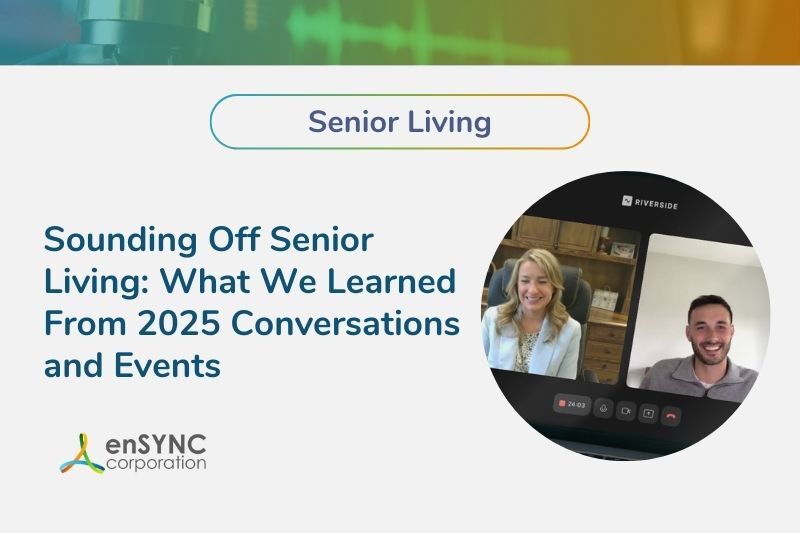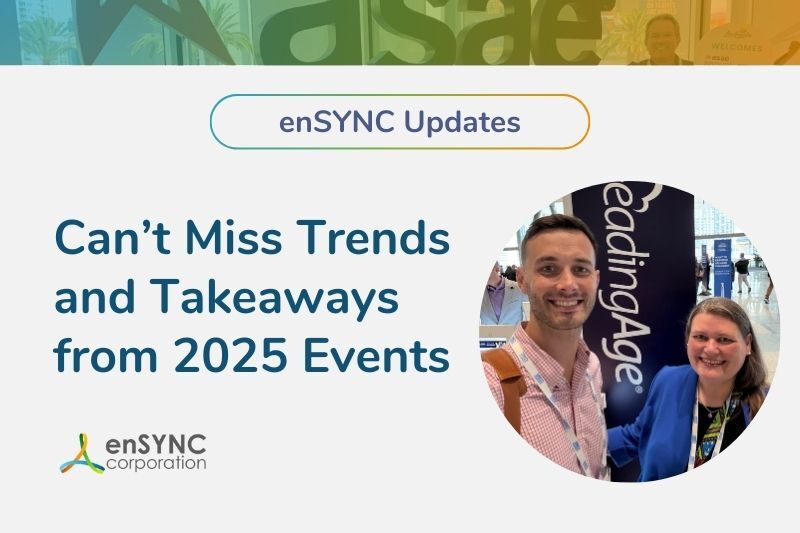Strategy & planning | Grant & fundraising | Nonprofits
7 Key Strategies for Effective Fundraising for Nonprofits
September 4, 2019
|
Fundraising is a huge part of running a nonprofit. Limitations on your programming goals can be incredibly frustrating, and those become more common when money is tight. The more money you can raise, the more effectively you can reach your programming goals!
None of this is new information to you, we know. But there are a lot of ways to build revenue for a nonprofit organization, and it can sometimes feel like we’re doing the same thing over and over and over again.
When you find yourself in a fundraising rut, it is time to think about new strategies! That’s what we’re going to talk about in this blog post: what are the best and most effective ways to raise money for your charitable organization? What can you do tomorrow that you are not doing today?
Let’s look at seven key strategies for effective fundraising.
1. Not Just Capital Campaigns . . . Campaigns
Not all fundraising campaigns are capital campaigns. A capital campaign, according to Donor Search, “is a targeted fundraising effort that takes place over a defined period of time. Typically, there are two overarching phases: the quiet phase and the public phase. During the quiet phase, 50%-70% of the funds are raised through major gifts strategies. And during the public phase, the remaining funds are raised by soliciting donations from a larger population of donors.”
These capital campaigns are often used to fund major projects, including renovation or building projects, although they can also focus on building an endowment.
However, nonprofits should not focus all of their giving energy only on capital campaigns. It actually makes sense to gear all of your giving around campaigns, even if you have several small ones throughout the year. This allows you to “sprint” to the finish, rather than just running a marathon every year.
After each small campaign, meet with your team to do a post-mortem of sorts, evaluating what worked and what didn’t.
2. Provide Mobile, Text & Online Giving Options
This is going to sound like common sense, but you may be surprised by how many organizations don’t realize this: giving needs to be easy.
Any barriers between you and your donors will reduce the success rate of your campaign. The easier it is to give, the more likely it is that your campaign will be successful. Provide mobile, text, and online giving options so that no matter the preferences of your donors, giving is straightforward and easy.
And don’t forget to check out our blog post “7 Tips For Associations From The Best Nonprofit Consultants” for more information about the best practices for fundraising, nonprofit technology usage, and more.
Post an easy "donate" button on your website
Don’t hide your donate button somewhere deep in your website, two or three clicks from the main page. Instead, be sure that your donate button is visible. It doesn’t need to be flashy or to overpower the page, but it should be easily identifiable.
Make donations shareable
When someone donates to your campaign, how easy is it for that person to post about their donation on Facebook, Twitter, Instagram, and other social media sites? Ideally, each donor will be prompted to share about their giving online immediately after making a donation. They can show that they care about your mission while also encouraging friends and family to do the same.
In our post "How Your Nonprofit Can Do More With Tech,” we talk about the importance of starting a movement that is shareable, follow-able, and potentially viral. Donors sharing about their giving is a great way to kick off a viral campaign.
3. Keep it Personal
Donors are much more interested in connecting with real people than a faceless organization. When an advocate gets to talk to a passionate individual who cares about the same things as they do, they are more likely to get involved as donors or volunteers.
Keep your web presence personal. Profile your staff. When you write, don’t speak from a perspective of the whole organization, but rather, speak as individuals who care.
Balance Your Appeal
Personalizing your online presence also means balancing your appeals. In other words, you can’t send only emotional appeals to your supporters. The best persuasive strategies are built on three things: emotional appeals, logical appeals, and the reputation of the speaker as reliable and credible.
Maintain your CRM and use it when you send an email
Your Customer Relationship Management (CRM) software needs to be regularly updated and effectively used. Instead of sending the same email campaign to every single person on your mailing list, you can do what is called “segmentation.”
Segmentation divides your mailing list into smaller groups in order to more effectively target donors. You can adjust the language of your email to the person you are sending it to. For example, you can send one email to recurring donors and another with different language to people who have just donated one time.
Nonprofits do well to segment their email campaigns based on what they know about their mailing list, and a good CRM will collect more than just names and email addresses. The more data you have, the more successful you will be.
4. Gratitude is the Best Attitude
If your donors only hear from you when you’re asking for money, they are going to get tired of hearing from you. Be sure to post and send information that is more than just a request! You can send a thank you message, one that doesn’t ask for anything. You can highlight success stories, show the impact of their giving, showcase pictures, and video, and provide data about how recent donations have been used.
Gratitude for your donors’ involvement is appreciated by those who give and motivating to those who are considering it.
5. Offer Recurring Gifts & Perpetual Membership
Perpetual membership is an organization’s opportunity to turn an occasional donor into what the for-profit world calls a “customer for life.” We have written about recurring gifts and perpetual membership tools on our blog. Take the advice of association Guru Mary Byers, who says that,
6. When Possible, Make Everything an Event
Creating special events is a great strategy for showcasing stories, highlighting partnerships, and getting people in front of your nonprofit brand. Events can be in person or online, and they don’t all have to be huge programs with extensive planning. You can give partners a chance to participate by organizing and volunteering. More and more employers allow and encourage their employees to volunteer with community organizations, and some even allow the use of workday hours for that volunteering. Getting local partners involved in planning and facilitating events is a great way to broaden your audience and build connections.
These connections can also lead to peer to peer fundraising because people will recruit their friends and family to join them at your events!
7. Think Bigger When it Comes to Corporate Partnership
Do you currently have a corporate partnership strategy? Are you working on developing more partnerships? Who in your organization is responsible for reaching out to local large and small businesses to build relationships?
These are important questions to ask as you determine ways to grow your corporate sponsorship opportunities.
Donor matching programs
Get your organization on the list of employer donor matching programs! In these programs, employers provide matching donations to the nonprofits that their employees donate to. That means that if a local donor gives $50, you may be able to get $50 from her employer as well! This motivates donors to choose you over other giving options because they see that their money goes farther when it is matched by their employer!
Corporate sponsorships
Corporations will often choose to sponsor a nonprofit in exchange for things like including their logo on your website, event programs, or merchandise. These sponsorships don’t cost you much if anything, and yet bring in additional funds for your programming.
Volunteering programs
If a corporation values community engagement, they will likely provide a volunteering program in which workers are encouraged to give their time to a local nonprofit association. Make sure you are included on the list of partners so that you can benefit from the enthusiastic support of this great volunteer pool.
What Are Your Next Steps?
We talked at the beginning of this post about feeling like you’re in a fundraising rut. If this is you, you may want to seek some outside help in implementing the strategies we’ve identified here. Sometimes it takes an outsider to look at your organization with fresh eyes.
Another next step could be a complete analysis of your current technology use. Are you really using the available technology as effectively as possible? Are there areas where your tech use is outdated or insufficient? To learn about how tech can support your fundraising needs, be sure to check out the enSYNC assessment tools and consulting services.
Or contact us to learn more about how we can help you rethink your fundraising strategies, using the best tech solutions to your fundraising challenges.
Resources
How Your Nonprofit Can Do More With Tech
7 Tips For Associations From The Best Nonprofit Consultants
The 5 Greatest Challenges In Nonprofit Management (And Solutions)
7 Key Strategies for Effective Fundraising for Nonprofits
What Your Organization Needs To Know About Nonprofit Advocacy
Recent Posts

The Best of the Blog 2025 — A Year in Review
From forward-looking trend analyses to powerful case studies and thought-provoking conversations, the enSYNC blog featured a host of great content in...

Sounding Off Senior Living: What We Learned From 2025 Conversations and Events
As senior-living leaders navigate 2025’s rapid shifts in workforce, technology, regulation, and resident expectations, one theme has become...
Enjoying our blog?
At enSYNC, we want to empower associations and nonprofits to make well-educated decisions. If you want our industry knowledge (and other free guides) sent directly to your inbox, fill out the form below.





